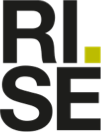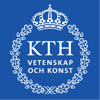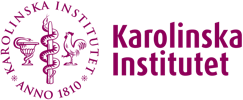The process of understanding real needs behind assumptions
During the clinical immersion, I discovered many misconceptions about cardiac patients or cardiac diseases in general, like assuming their needs are only in blood or money; this came from the donation advertisements and campaigns on TVs or social media platforms. Here, the illusion came that cardiac surgeries are like any other surgeries that only need physicians’ interference and treatment plans – but there’s much more than that running the backscenes.
We finished the clinical immersion phase by finalizing our need statements through root cause analysis and following our gut feeling of how real the need is. To benefit from being in a multidisciplinary team, we usually start each phase with a long meeting to share insights and look at the same task through our different backgrounds.
After finishing the need statements, we followed the Biodesign book, which helped us understand the actual value of each need through topics and attributes to search about, which made us go through three stages.
We kicked off the needs screening phase by removing duplicates and merging similar ideas to break down general needs into specific, clear sub-needs. Then, we separated the local needs from commercial ones and identified needs that can work as both local and commercial.
Our local needs screening process was based on research, current running projects in Al Nas hospital, and reference group meetings to discuss, prioritize and select the most critical needs for the entity and offer suggested solutions.
For the commercial needs, it took three stages of research, with a new set of topics in each round:
Stage 1
We examined our gut feeling, researched, validated, and opted into team votes and interest, which emerged from our acceptance criteria. Ultimately, we went from 150+ needs to about 50+ needs.
Stage 2
We spent most of our time and consideration understanding that this is the core of what would come in the following phases. So, we shuffled needs among us to have external eyes in each step.
We also followed the BioDesign book and researched topics like disease state fundamentals to understand the problem and its impact further. That’s besides seeking validation from our mentors during our follow-up meetings. We also looked up the treatment landscape to know more about the available solutions that have already addressed some of the needs and their impact on patients and healthcare providers. Additionally, we conducted thorough market research and inspected the market size. Ultimately, we concluded 20+ valid commercial needs.
Stage 3
We created a metrics-weighing system based on the attributes of Stage 2 to sort and rank needs and compare their numeric values, then we selected our top 3 needs (1 main focus and 2 for backup).
After all the different needs that we identified, screened, and cascaded, we became one step closer to conceptualizing our solution, achieving one of our common goals, which is adding value for patients and enhancing the services provided to them.
Ashraf Hosam, CIF Fellow 2021





